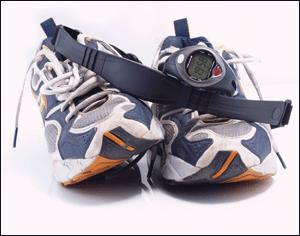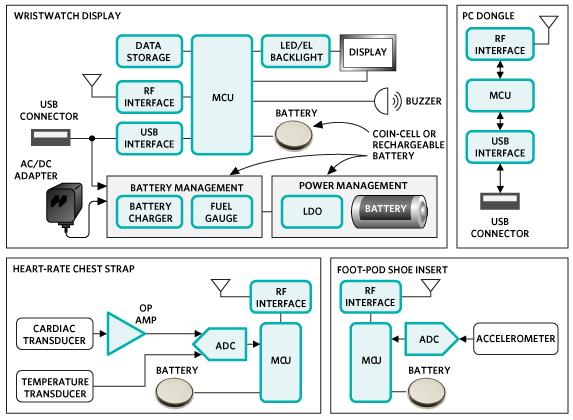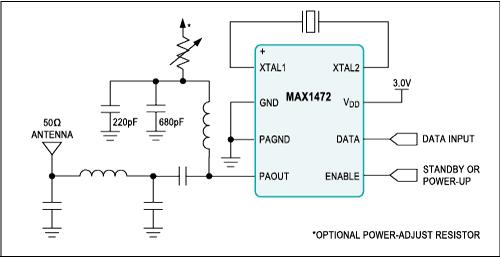
From heart-rate monitors to fitness trackers, wearable-computing devices are providing a means of data collection that’s unprecedented. Although the earliest form of wearable dates back to the early 1980s, the wireless capabilities of contemporary iterations are in fact responsible for propelling the technology toward mass adoption, allowing convenient data collection without the need to plug in.
The first distinction between portable electronics and wearables occurred in 1981, when MIT-educated inventor Steve Mann created a backpack-mounted 6502-based wearable, complete with text, graphics, and multimedia capabilities. Unlike previous electronics that could be worn, wearable-computing devices are not task-specific and can be reprogramed to suit the needs of the user, performing a multitude of functions.
For example, fitness trackers — the most popular forms of wearable — monitor and record physical attributes using parameters such as distance, time, heart rate, and body temperature. The data is obtained from an embedded GPS device inserted in the shoe, or a heart-rate strap across the chest, and is wirelessly transmitted to a wristwatch type device for display. Everything is discrete and convenient, thanks to the lack of any movement interfering wires.
Design parameters
Fitness trackers record workout results into an on-board memory device or within the microcontroller unit using a low-power RF transmitter; a high-quality antenna is crucial for reliable data transfer even if the transmission distance is less than 2 meters. In terms of modulation, amplitude shift keying (ASK) transmission offers heightened sensitivity over frequency shift keying (FSK), and enables low-power transmission. Other power-saving techniques include minimizing the transmission time with a low duty cycle and powering down the transmitter between each transmission
Considering that every element of the fitness tracker (other than the PC dongle) is worn by the user, small size and low power are the most important design parameters. A primary coin-cell battery is more than capable of powering the heart-rate chest strap and GPS embedded shoe-insert. The wristwatch has a bit extra flexibility, able to incorporate either a similar coin-cell battery or a rechargeable battery.

A typical fitness tracker will consist of the subsystems displayed above: RF interface, power management, and various interfaces to sensors and host systems. Selecting the most appropriate RF portion of the system is very important as it’s accountable for the wireless properties of any final design. One potential solution is Maxim Integrated’s MAX1472 crystal-referenced phase-locked loop (PLL) VHF/UHF transmitter; it was designed to transmit OOK/ASK data in the 300- or 450-MHz frequency range.

Above: A Low-power RF transmitter based on the MAX1472.
The crystal-based architecture of theMAX1472 provides greater modulation depth, higher tolerance of transmit frequency, faster frequency settling, and reduced temperature dependence, thereby eliminating the common issues inherent in surface acoustic wave transmitters. Furthermore, MAX1472 supports data rates up to 100 kbps and delivers an adjustable output power greater than +10 dBm into a 50-Ω load, all within a 3mm x 3mm 8-pin SOT23 package, making it the industry’s smallest 300MHz to 450MHz transmitter. MAX1472 is small enough to wear comfortably while supplying a full range of functions. The device is an ideal choice for engineers seeking to adhere to the contemporary wearable-technology design trends of wirelessness and convenience.
Via Maxim Integrated
Advertisement
Learn more about Maxim Integrated





